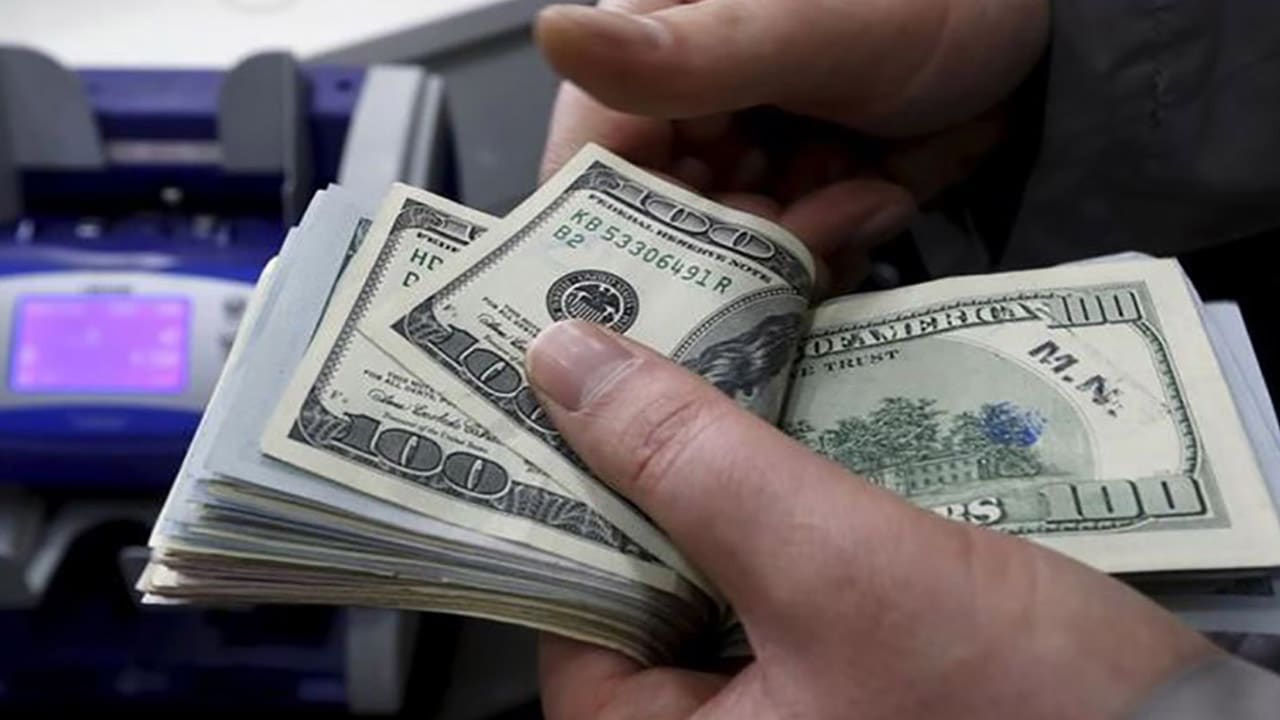Following a turbulent week, the Pakistani rupee stayed mostly constant versus the US dollar on Monday, dropping 0.06% during the opening hours of trading in the inter-bank market.
At 11:05 a.m., the rupee was trading at 285.25 rupees, or Re0.17 lower.
The rupee had a tumultuous week, falling to a record low of almost 299 before a remarkable U-turn saw it regain all of its losses.
The currency finished at 285.08 vs the US dollar in the interbank market on Friday, a 0.52% week-on-week drop, but only after losing nearly 3% the day before and nearly 2% on Wednesday.
In an important development, the International Monetary Fund (IMF) stated on Sunday that it hopes a peaceful solution may be found, as Pakistan grapples with a simmering political crisis and severe economic suffering.
The IMF also emphasized that adhering to the policy framework agreed upon for the review, as well as receiving adequate finance from partners, was critical to regaining macroeconomic stability, despite rumors that the government’s action plan would wither in the face of increased political noise.
Separately, the Washington-based lender stated that the amount of financing required to keep Pakistan current on external payments has remained constant during the ninth review negotiations.
The US dollar surged to a five-week high against key peers on Monday, as the safe-haven currency gained from domestic inflation fears and global growth concerns, extending gains after its greatest weekly rise since September.
The dollar was boosted by a surge in Treasury yields following a survey of US consumers’ long-term inflation expectations, which jumped to the highest level since 2011, putting a Federal Reserve rate hike next month back on the table.
In early Asian trading, the dollar index, which measures the currency against six major peers, reached 102.75 for the first time since April 10 before falling slightly to 102.63. It increased by 1.4% last week.
Oil prices, a major measure of currency parity, fell on Monday as concerns about fuel consumption in the world’s two largest users, the United States and China, outweighed bullish enthusiasm about tightening supply from potential OPEC+ cuts and a return of US purchases for reserves.












